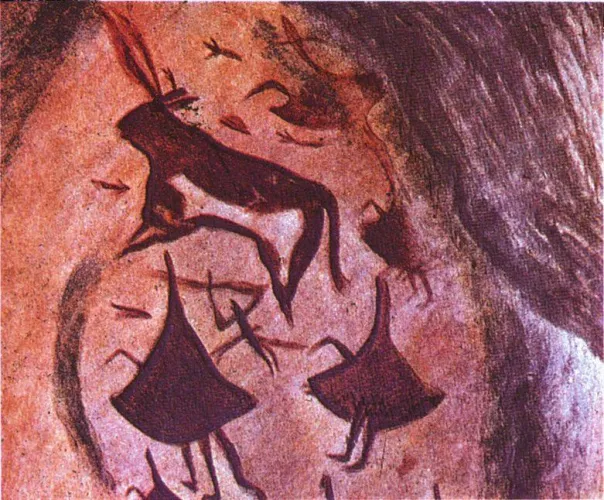Petroglyphs have been preserved in the Zarautsoy, Teshiktosh, and Obirahmat caves in southern Uzbekistan, in the mountains near Tashkent, in the Chimgan, Chatkal, and Beldirsoy regions, and in the Sarmishsoy caves of the Navoi region. In the images on the surface of the stones, one can see mainly hunting scenes, various forms of wild animals and humans. The images are also a reflection of the religious and secular views, lifestyle of primitive people. They are a source revealing the primitive period.
Rock paintings of the Zarautsoy gorge (located in the Sherabad district of Surkhandarya region) and the Siypantosh monument (located in the Hissar mountain range of the Chirakchi district of Kashkadarya region), which are the oldest of these rocks, are expected to be visually placed in the exposition of the Center of Islamic Civilization.
According to the data, there are more than 1,300 rock monuments in Central Asia. Of these, 250 rock monuments belong to the territory of Uzbekistan. Including 267 petroglyphs in Zarautsay and 822 in Siypantash.
Among the petroglyphs, there are images of reddish and brown hues, which, according to specialists, were created with the help of "ochre" paint, prepared by mixing red earth with animal fat. However, images painted with ochre are at high risk of being lost due to natural factors (rainfall, etc.) and human impact. Modern technologies expand the possibilities of transmitting and visualizing them to future generations.

